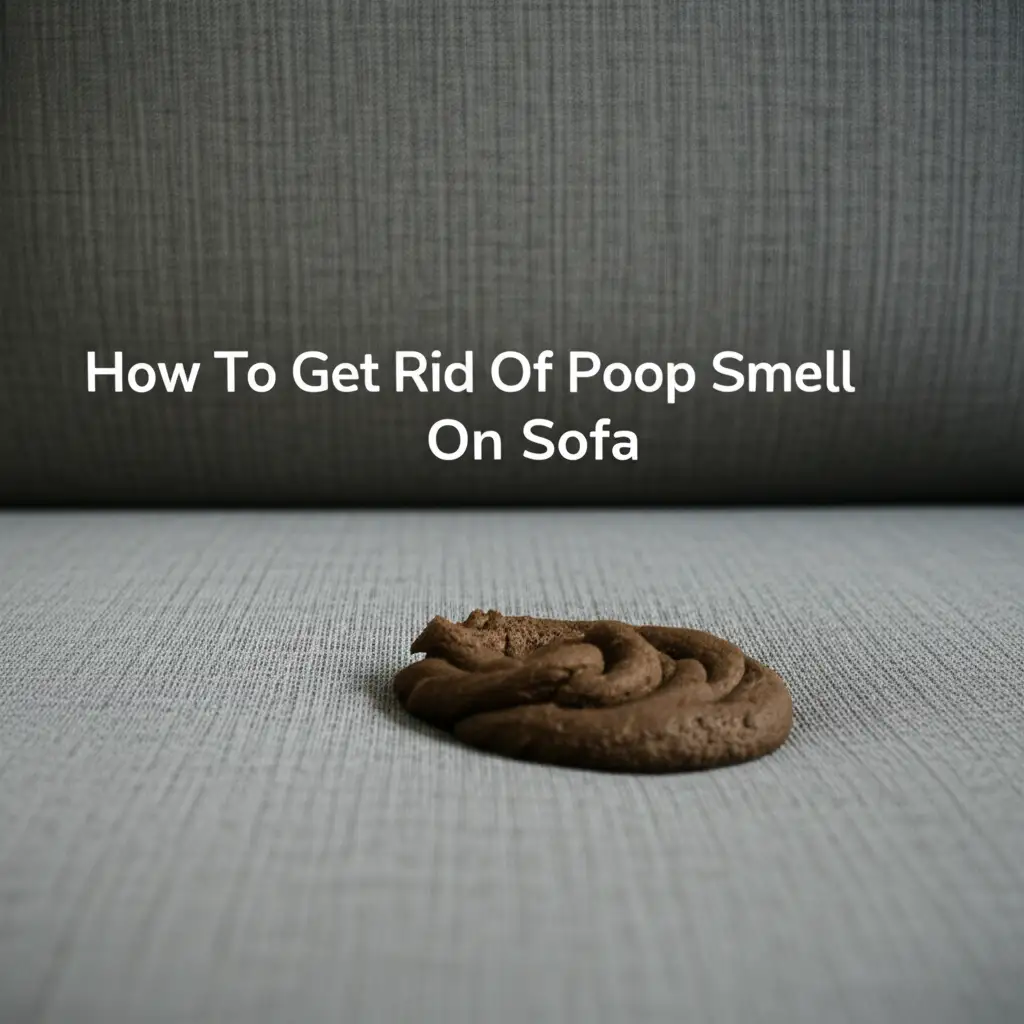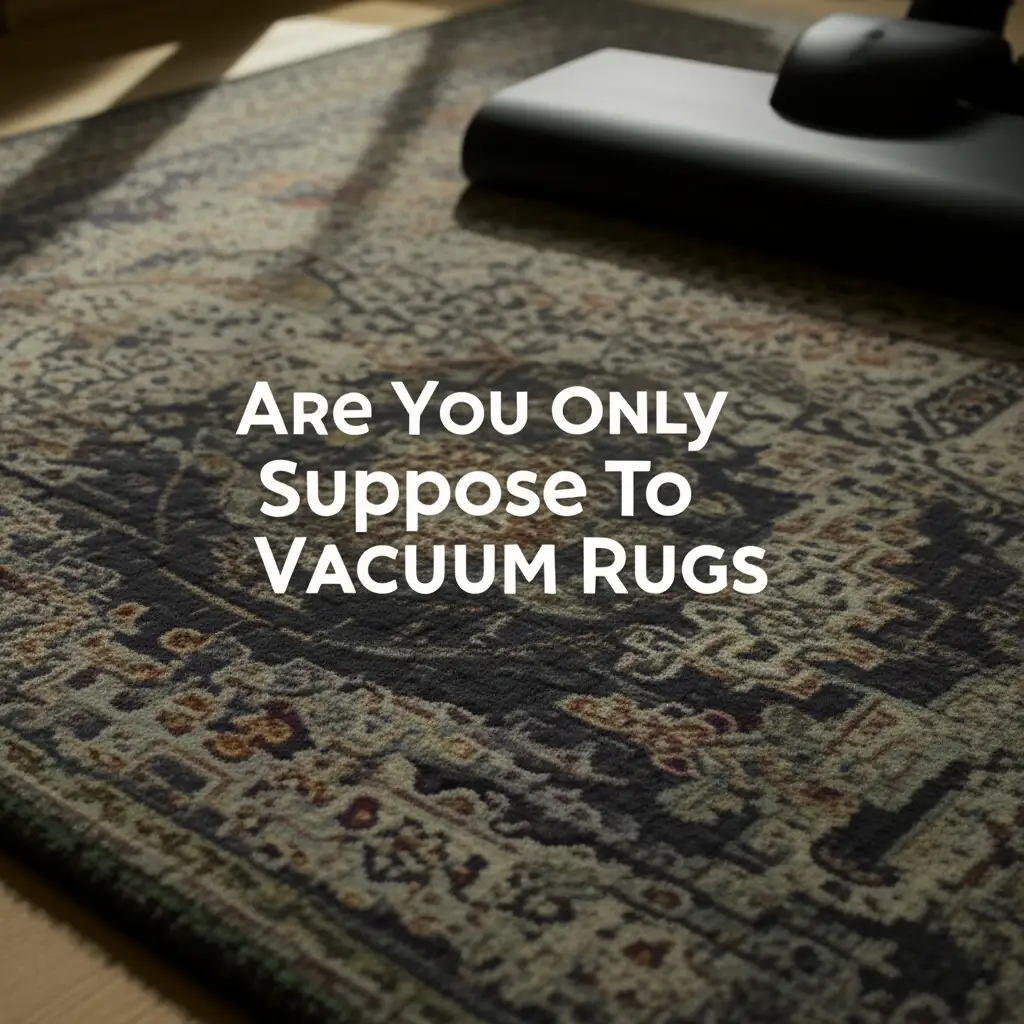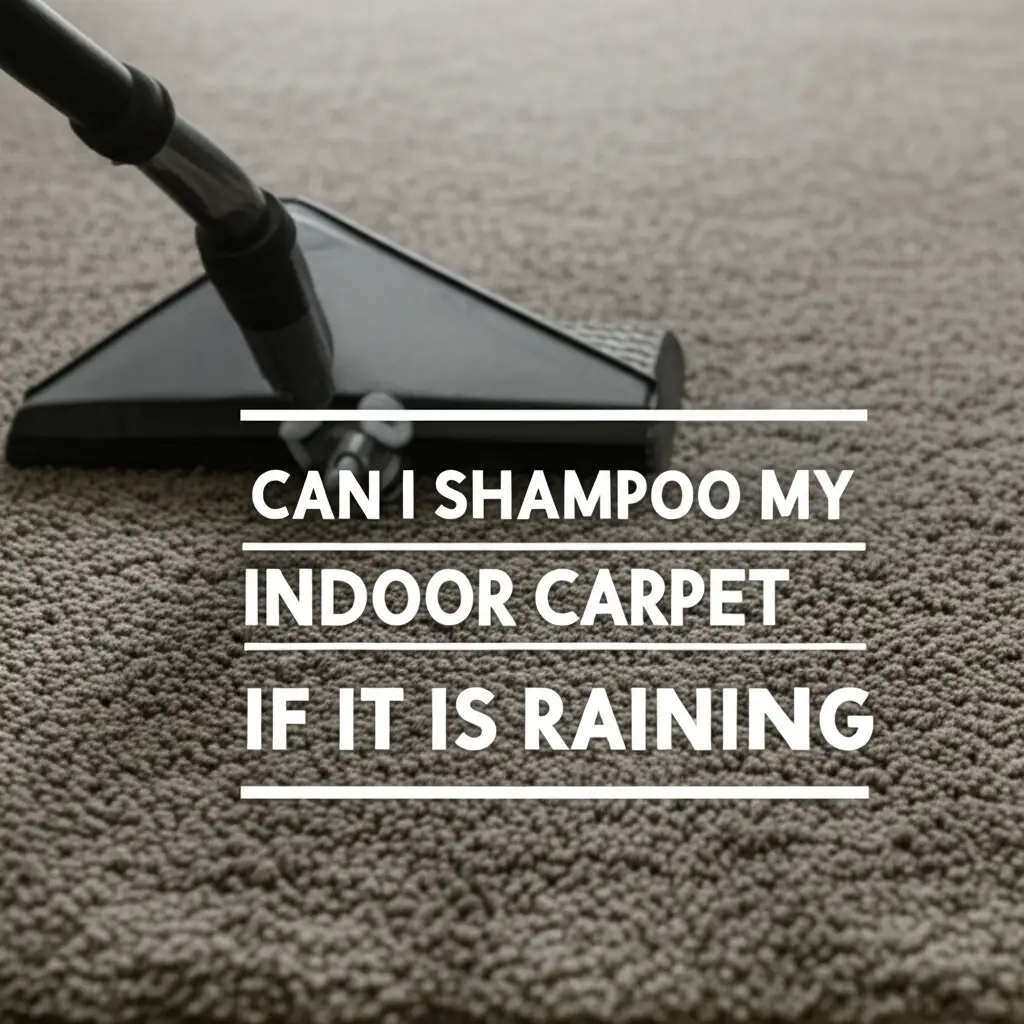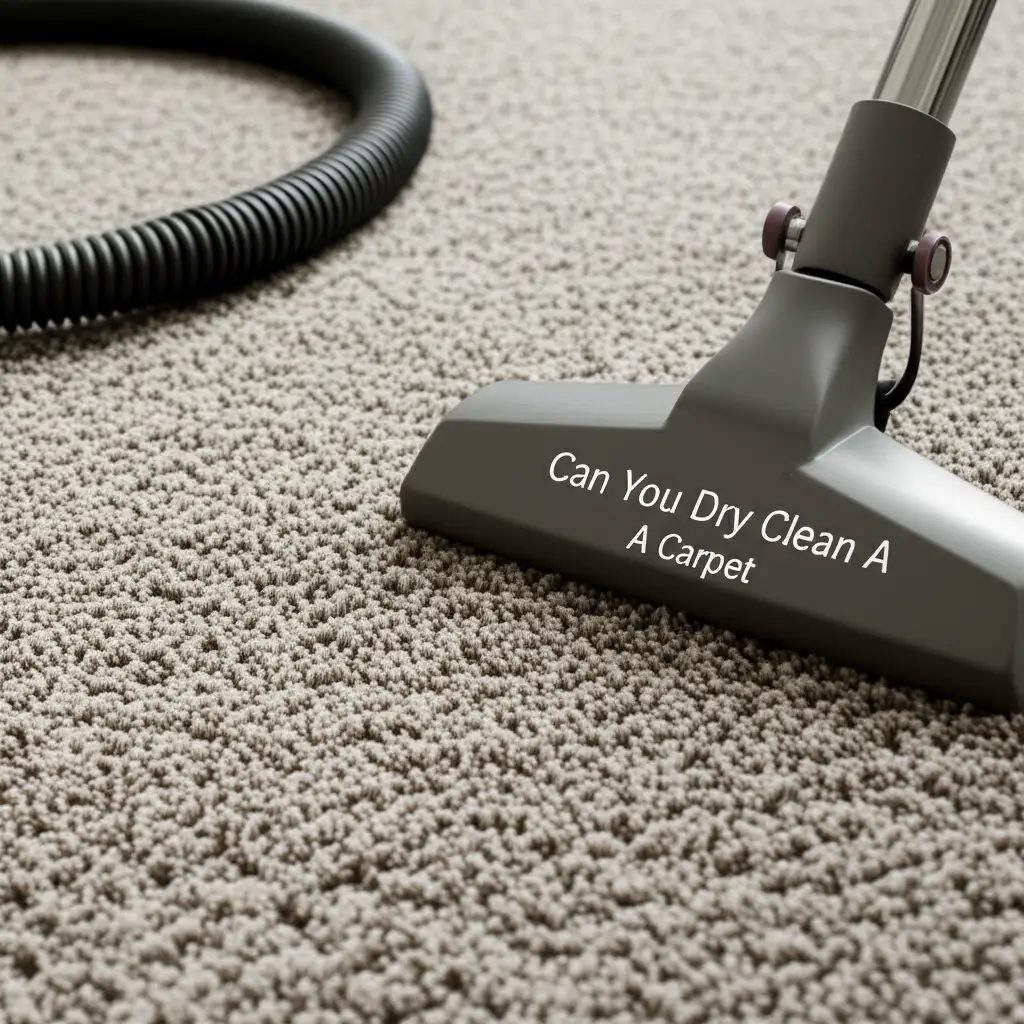· Elira Thomsen · Bedroom Maintenance · 20 min read
How To Clean Cloth Headboard
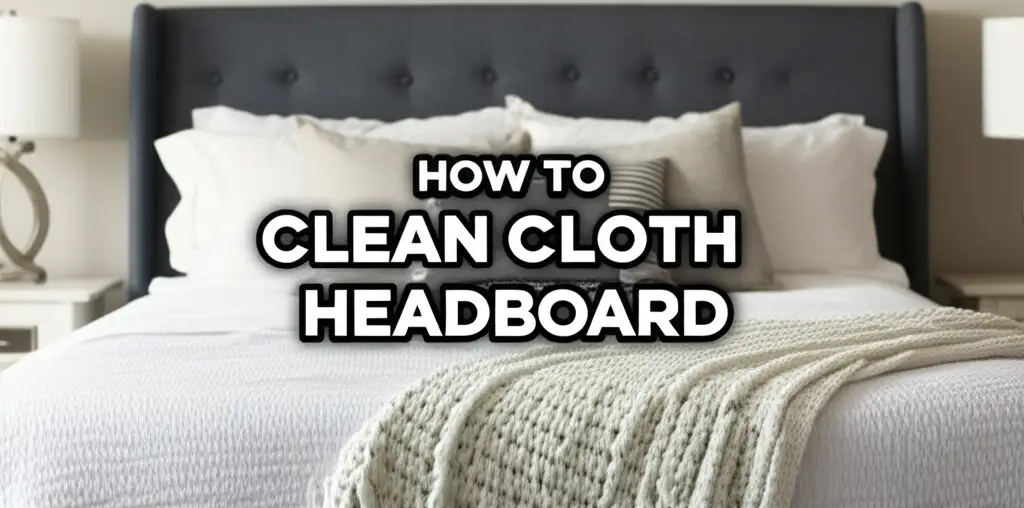
How To Clean Cloth Headboard
Our bedrooms are personal sanctuaries. A cozy bed with a beautiful cloth headboard often sits at the heart of this space. Fabric headboards add comfort and style. However, they also collect dust, oils, and sometimes even stains over time. Knowing how to clean cloth headboard properly is important for a fresh and inviting room. This guide will walk you through everything you need to keep your headboard looking its best. I will share simple steps, common tools, and effective stain removal methods.
Takeaway
Keeping your cloth headboard clean makes your bedroom healthier and more inviting. Here are the main steps:
- Identify Your Fabric Type: Check the care tag to understand cleaning codes (W, S, WS, X). This is a crucial first step.
- Gather Supplies: You will need a vacuum, mild detergent, cloths, and appropriate stain removers.
- Perform Regular Maintenance: Vacuum weekly and spot clean spills immediately.
- Deep Clean Periodically: Use suitable methods for your fabric type to remove deeper dirt.
- Prevent Future Dirt: Protect your headboard from direct sunlight and spills to keep it clean longer.
How do you clean a fabric headboard?
You clean a fabric headboard by first identifying its care code (W, S, WS, X). Then, vacuum it to remove loose dirt. Spot clean small areas with a suitable cleaner, always testing in a hidden spot first. For deeper cleaning, follow manufacturer recommendations or use gentle, approved methods for your specific fabric type.
Understanding Your Cloth Headboard: Fabric Types and Care Codes
Before you start any cleaning, you must know what type of fabric your headboard is. Different fabrics need different cleaning methods. Using the wrong product can damage your headboard permanently. Always check the care tag, usually found on the back or bottom of the headboard.
Decoding Fabric Care Labels
Care labels use specific letters to tell you how to clean your upholstery. These codes are important. They guide your cleaning choices. Knowing them prevents mistakes and protects your headboard.
- W (Water-based cleaner): This code means you can use water-based cleaning solutions. Mild detergents, upholstery shampoos, and steam cleaners are usually safe for these fabrics. Many common household fabrics like cotton, linen, and some synthetics fall into this category.
- S (Solvent-based cleaner): This code indicates the fabric needs solvent-based cleaners, also known as dry-cleaning solvents. Water can cause rings, shrinkage, or damage. Fabrics like silk, rayon, and some velvets often have an “S” code.
- WS (Water or Solvent-based cleaner): This code offers flexibility. You can use either water-based or solvent-based cleaners. This makes cleaning simpler for you. Many modern synthetic blends have this versatile code.
- X (Vacuum only): This code means no liquid cleaners at all. The fabric might shrink or stain with water or solvents. Often, this code applies to delicate materials or those with special finishes. You can only vacuum or brush off dirt.
If your headboard does not have a tag, or if the tag is unreadable, it is always best to assume it is an “S” or “X” code. This means you should only vacuum and test any liquid solution on a hidden area first. I always recommend caution when in doubt. This helps avoid irreversible damage to your furniture.
Common Headboard Fabric Types
Understanding common fabric types helps you anticipate care needs. Each material has unique properties. Knowing these helps you choose the right cleaning approach.
- Cotton and Linen: These are natural fibers. They are durable but can wrinkle easily. They often have a “W” or “WS” code. They absorb liquids readily, making quick stain removal important.
- Polyester and Microfiber: These are synthetic fabrics. They are often durable and resist stains well. They typically have a “W” or “WS” code. Microfiber is known for its soft feel and ability to trap dust.
- Velvet: This fabric has a soft, dense pile. It can be made from silk, cotton, or synthetics. Velvet often has an “S” or “WS” code. Water can easily crush the pile or leave marks. Special care is needed for velvet.
- Suede or Faux Suede: These fabrics have a napped finish. They feel soft and luxurious. They usually have an “S” code. Water can spot them. You need to use special suede brushes and cleaners.
Knowing your fabric and its care code is the most important first step. It sets the stage for a safe and effective cleaning process. Never skip this initial check.
Gathering Your Tools: Essential Supplies for Cleaning Your Headboard
Having the right tools ready makes the cleaning process smooth and efficient. You do not need many special items. Most of these supplies are likely already in your home. I find it helpful to collect everything before starting. This saves time and avoids interruptions.
Here is a list of essential supplies:
- Vacuum Cleaner with Upholstery Attachment: This is crucial for removing loose dust and debris. A brush attachment helps dislodge dirt from fabric fibers.
- Soft-Bristled Brush or Lint Roller: Use this for pre-cleaning to lift surface dirt and pet hair. It works well on fabrics like velvet that can be delicate.
- Microfiber Cloths: You will need several clean, white microfiber cloths. These are highly absorbent and will not leave lint. White cloths help you see if dirt is transferring.
- Spray Bottle: An empty, clean spray bottle is perfect for applying cleaning solutions evenly. This helps avoid oversaturation.
- Mild Upholstery Cleaner or Dish Soap: Look for cleaners specifically designed for upholstery or use a very mild dish soap. Always check that the cleaner matches your fabric’s care code.
- For “W” fabrics: Mix a few drops of mild dish soap with distilled water.
- For “S” fabrics: You will need a dry-cleaning solvent or a specialized “S” code upholstery cleaner.
- Distilled Water: Using distilled water helps prevent water spots, especially on sensitive fabrics. Tap water contains minerals that can leave residues.
- White Vinegar: A natural deodorizer and mild cleaning agent for “W” code fabrics. It can help with many stains.
- Baking Soda: Excellent for absorbing odors and some liquid spills. It is a natural and safe option.
- Stain Remover (Optional): If you have specific, stubborn stains, a specialized upholstery stain remover can be useful. Make sure it is compatible with your fabric type.
- Hair Dryer or Fan (Optional): Helps speed up drying time, preventing mold or mildew growth. Use it on a cool setting.
When choosing cleaning products, always read the labels carefully. Ensure they are safe for your specific fabric. I always perform a patch test in an inconspicuous area. This little step prevents potential damage. Testing helps me feel confident before cleaning the whole headboard. You can easily do this test on the back or bottom edge of the headboard. Apply a tiny amount of your chosen cleaning solution. Let it sit for a few minutes. Then blot it dry. Check for any color change, shrinkage, or damage before proceeding. This step is a must for any fabric cleaning project. It is similar to testing a solution on a how to clean a rug by hand before full application.
Step-by-Step Guide: How to Clean Cloth Headboard for General Maintenance
Regular cleaning keeps your cloth headboard looking good and extends its life. This general maintenance routine should be done every few weeks or once a month. It prevents dirt buildup and keeps your bedroom fresh. I follow these steps for my own headboard.
1. Prepare the Area
First, clear the area around your bed. Remove pillows, blankets, and anything else near the headboard. This gives you easy access to all parts of the fabric. Lay a clean towel or old sheet on your mattress. This protects the mattress from any dust or cleaning solution that might fall during the process.
2. Vacuum Thoroughly
Use your vacuum cleaner with the upholstery attachment. Go over the entire surface of the headboard. Pay close attention to seams, tufts, and corners. Dust and crumbs often gather in these spots. A brush attachment helps dislodge embedded dirt. Vacuum both sides if your headboard is accessible from the back. This removes loose dirt, pet hair, and dust before you introduce any moisture. This step is like the first pass when you how to deep clean your mattress; you always start with dry removal.
3. Spot Test Your Cleaner
Mix your chosen cleaning solution. If you have a “W” code fabric, use a few drops of mild dish soap in distilled water in a spray bottle. For “S” code, use your solvent cleaner. Find a hidden spot on your headboard. This could be on the back, bottom edge, or a less visible seam. Spray or apply a small amount of the cleaner. Let it sit for a few minutes. Then, blot it dry with a clean, white microfiber cloth. Check for any discoloration, shrinkage, or changes in the fabric texture. If the spot test shows no adverse effects, you can proceed.
4. Gentle Wiping or Spraying
Now, you will apply the cleaner to the entire headboard. Do not oversaturate the fabric. This is very important. Too much moisture can lead to water rings or mold.
- For “W” fabrics: Lightly mist a small section of the headboard with your water-based solution. Immediately blot the area with a clean microfiber cloth. Work in small sections, moving from top to bottom. Always blot, do not rub. Rubbing can push dirt deeper into the fabric fibers.
- For “S” fabrics: Apply your solvent cleaner to a clean microfiber cloth. Gently wipe the headboard surface with the dampened cloth. Again, work in small sections and avoid oversaturation. Do not spray solvent directly onto the fabric.
- For “X” fabrics: Simply vacuum and brush. No liquid is used here.
5. Rinse (For “W” fabrics only)
If you used a water-based solution on a “W” code fabric, you need to rinse. This removes any soap residue. Fill your spray bottle with plain distilled water. Lightly mist a clean section. Immediately blot with a fresh, clean microfiber cloth. Change cloths often to avoid spreading dirt. This rinsing step helps prevent residue buildup, which can attract more dirt over time.
6. Dry Thoroughly
Allow the headboard to air dry completely. Open windows for good ventilation. You can also use a fan set on a low, cool setting. Avoid using a hair dryer on a hot setting as this can damage certain fabrics. Ensure the headboard is fully dry before putting pillows or bedding back. Damp fabric can grow mildew, especially if it remains wet for too long. Drying completely is key for good cleaning.
Tackling Common Stains: Specific Methods for Your Cloth Headboard
Stains happen. Whether it is a spilled drink, a greasy snack, or a mark from hair products, addressing stains quickly is important. Different stains require different approaches. Always identify the stain type first. Then, act fast for the best results. Remember to always spot test any new cleaning solution in a hidden area first. This applies to stubborn stains, just like when you work to how to clean the worst carpet.
Fresh Spills (Liquids like Water, Coffee, Juice)
Act immediately when a liquid spills. Speed is your biggest ally here.
- Blot, Don’t Rub: Grab a clean, white microfiber cloth or paper towel. Press it firmly onto the spill to absorb as much liquid as possible. Do not rub the stain, as this will spread it and push it deeper into the fibers. Keep blotting until no more liquid transfers to the cloth.
- Water-based Cleaners (for “W” fabrics): Mix a small amount of mild dish soap with distilled water. Lightly dampen a clean cloth with this solution. Gently blot the stained area from the outside in. This prevents the stain from spreading. Repeat, using a clean part of the cloth each time, until the stain lifts.
- Rinse and Dry: Lightly mist the area with plain distilled water. Blot with a dry cloth to remove any soap residue. Let the area air dry completely.
Oily/Greasy Stains (Food, Hair Products)
Greasy stains need something to break down the oil. These stains can be tricky.
- Absorb Excess: For fresh grease, sprinkle a generous amount of baking soda or cornstarch directly onto the stain. Let it sit for at least 15-30 minutes, or longer for larger stains. The powder will absorb the oil.
- Vacuum: Gently vacuum up the powder. Most of the grease should come with it.
- Apply Cleaner (for “W” fabrics): Mix a few drops of mild dish soap with warm water. Dampen a clean cloth with the soapy water. Gently blot the remaining stain. Again, work from the outside toward the center.
- For “S” fabrics: Use a dry-cleaning solvent applied to a cloth. Blot the stain gently. Follow the product instructions carefully.
- Rinse and Dry: Blot with a damp cloth (water only for “W” fabrics) to remove residue. Then, dry the area completely with a clean, dry cloth or fan.
Ink Stains
Ink can be stubborn, but it is not impossible to remove.
- Rubbing Alcohol (for “W” fabrics): Dampen a cotton swab or a corner of a clean cloth with rubbing alcohol (isopropyl alcohol). Gently dab the ink stain. Do not rub, as this can spread the ink. The alcohol helps dissolve the ink.
- Blot and Repeat: Blot the area with a clean, dry cloth to absorb the lifted ink. Repeat the dabbing and blotting process with fresh alcohol and clean cloth sections until the stain is gone.
- Rinse and Dry: For “W” fabrics, follow up with a gentle water-based clean and rinse. For “S” fabrics, just blot dry thoroughly.
Pet Stains (Urine, Vomit)
Pet stains need immediate attention due to odor and potential fabric damage.
- Clean Up Solids/Liquids: Remove any solid matter. Blot liquid urine with paper towels or an old cloth. Press down firmly to absorb as much as possible.
- Enzymatic Cleaner: Use an enzymatic pet stain cleaner specifically designed for upholstery. These cleaners break down the proteins in pet waste, removing both the stain and the odor. Follow the product instructions.
- Baking Soda for Odor: Once the area is dry, sprinkle baking soda over the treated spot. Let it sit for several hours or overnight to absorb any remaining odors.
- Vacuum: Vacuum up the baking soda. This helps keep your whole how to keep a clean bedroom clean.
Remember, patience and gentle technique are key when removing stains. Always start with the least aggressive method and work your way up.
Deep Cleaning Your Cloth Headboard: When and How to Refresh
Even with regular vacuuming and spot cleaning, your cloth headboard needs a deeper refresh periodically. Deep cleaning removes accumulated dirt, body oils, and allergens that regular cleaning might miss. This process revitalizes the fabric and keeps your bedroom air fresher. I aim to deep clean my headboard every 6 to 12 months, or more often if it sees heavy use or if there are allergies in the house.
When to Deep Clean
You should consider a deep clean when you notice:
- General Dullness: The fabric looks less vibrant than it used to.
- Faint Odors: You smell a slight musty or stale odor from the headboard.
- Visible Grime: Dirt marks are visible, especially in areas where your head rests.
- Allergy Symptoms: Increased sneezing or stuffiness in the bedroom, which might indicate dust mites.
Methods for Deep Cleaning Your Headboard
The best deep cleaning method depends on your headboard’s fabric care code. Always reconfirm the care code before proceeding.
1. Steam Cleaning (for “W” or “WS” Fabrics Only)
Steam cleaning is a powerful way to deep clean “W” or “WS” code fabrics. It uses hot steam to lift dirt and kill dust mites without harsh chemicals. Make sure your fabric can handle moisture.
- Preparation: Vacuum the headboard thoroughly first. This removes all loose dirt.
- Equipment: Use a handheld garment steamer or an upholstery steam cleaner. Read the machine’s instructions carefully.
- Technique: Hold the steamer nozzle a few inches away from the fabric. Move it slowly and evenly across a small section. Avoid over-saturating the fabric.
- Blotting: Immediately blot the steamed area with a clean, dry microfiber cloth. The cloth will absorb the loosened dirt and moisture.
- Drying: Allow the headboard to air dry completely. Use a fan to speed up the process and prevent moisture issues. Ensure it is bone dry before returning bedding.
2. Water Extraction/Shampooing (for “W” or “WS” Fabrics Only)
This method involves applying a cleaning solution and then extracting it. This is similar to how do you clean an area wool rug when done at home.
- Solution: Mix an upholstery shampoo according to product instructions with distilled water.
- Application: Apply the solution to a clean cloth, not directly to the headboard. Gently wipe the headboard in small sections. Work a small amount of foam into the fabric with a soft brush, if recommended by the product.
- Extraction: If you have a wet/dry vacuum or an upholstery cleaner, use it to extract the cleaning solution and dirt. This lifts the dirty water out of the fabric.
- Rinsing: If no extraction machine, dampen a fresh cloth with plain distilled water and wipe to “rinse” the soap residue.
- Drying: Dry thoroughly with good air circulation.
3. Professional Cleaning
For “S” code fabrics, or if you are unsure about your fabric type, professional cleaning is often the safest bet. Professionals have specialized equipment and knowledge. They can clean delicate fabrics without causing damage. If your headboard is very old, very delicate, or expensive, calling a professional is a wise choice. They will perform a “dry clean” similar to how you might can you dry clean a carpet. They use solvent-based cleaners that will not damage water-sensitive materials.
Deep cleaning helps maintain the beauty and hygiene of your cloth headboard. Choose the method appropriate for your fabric to avoid damage and ensure a fresh result.
Odor Removal and Freshening Your Fabric Headboard
Sometimes, a headboard might not look dirty, but it can hold onto odors. Over time, fabric can absorb smells from cooking, pets, or just general room air. Removing these odors makes your bedroom feel much fresher. I find that simple, natural methods work wonders for freshening up fabrics.
1. Baking Soda Method
Baking soda is a fantastic natural deodorizer. It absorbs odors rather than just masking them. This method is safe for almost all fabric types, even “S” and “X” codes, because it is a dry application.
- Preparation: First, vacuum your headboard thoroughly to remove any loose dust or debris.
- Apply Baking Soda: Generously sprinkle baking soda over the entire surface of your cloth headboard. Make sure to get it into any tufts or seams. Do not be shy with the amount.
- Let It Sit: Let the baking soda sit on the headboard for at least a few hours. For strong odors, leave it overnight (6-8 hours). The longer it sits, the more odors it will absorb.
- Vacuum Up: Use your vacuum cleaner with the upholstery attachment to completely vacuum up all the baking soda. Go over the headboard several times to ensure all powder is removed.
- Repeat if Needed: For very persistent odors, you might need to repeat this process a second time.
2. White Vinegar Spray (for “W” or “WS” Fabrics Only)
White vinegar is another powerful natural deodorizer and a mild disinfectant. It neutralizes odors very effectively. Only use this method on “W” or “WS” coded fabrics, as it is water-based.
- Prepare Solution: Mix equal parts white vinegar and distilled water in a spray bottle. You can add a few drops of essential oil (like lavender or tea tree) for a pleasant scent, but this is optional.
- Light Mist: Lightly mist the surface of your headboard with the vinegar solution. Do not oversaturate the fabric. A fine mist is enough to neutralize odors.
- Air Dry: Allow the headboard to air dry completely. The vinegar smell will dissipate as it dries, taking the bad odors with it. Ensure good ventilation in the room.
3. Fabric Freshening Sprays
Commercial fabric freshening sprays can provide a quick refresh. Choose sprays designed for upholstery.
- Check Ingredients: Look for sprays that do not contain harsh chemicals or strong perfumes. Some people are sensitive to these.
- Test First: Always spot test the spray in a hidden area first to ensure it does not stain or discolor your fabric.
- Light Application: Lightly mist the headboard from a distance. Do not soak the fabric.
4. Sunlight and Air
Natural elements are great for freshening fabrics.
- Ventilation: Open windows in your bedroom regularly. Fresh air circulation helps to air out fabrics and reduce stale odors.
- Sunlight (Cautiously): If possible, and if your headboard is detachable, a few hours in indirect sunlight can help kill bacteria and refresh the fabric. However, direct, prolonged sunlight can fade or damage some fabrics, so use caution.
By using these methods, you can effectively remove odors from your cloth headboard. This leaves your bedroom smelling clean and fresh. Combining regular cleaning with odor removal steps ensures a truly inviting sleep space.
Maintaining a Clean Cloth Headboard: Prevention and Best Practices
Keeping your cloth headboard clean is easier when you practice good prevention. Small habits can make a big difference. They reduce the need for frequent deep cleaning. I have learned that prevention saves a lot of effort in the long run. These best practices help maintain a fresh and inviting bedroom.
1. Regular Vacuuming is Key
This is the simplest yet most effective preventative measure. Dust, dead skin cells, and allergens settle on your headboard daily.
- Weekly Dusting: Make it a habit to quickly vacuum your cloth headboard once a week. Use your vacuum cleaner’s upholstery attachment. This removes loose surface dirt before it gets embedded.
- Focus on Crevices: Pay extra attention to tufts, buttons, and seams where dust tends to accumulate. This routine step aligns with overall how to clean a bathroom carpet advice, emphasizing consistent dry soil removal.
2. Prompt Spot Treatment
Accidents happen. Spills or fresh stains should be dealt with immediately.
- Blot, Don’t Rub: As soon as a spill occurs, grab a clean, white cloth or paper towel. Gently blot the liquid. Do not rub, as this can spread the stain and push it deeper.
- Act Fast: The quicker you treat a spill, the more likely you are to remove it completely without leaving a trace. Keep a small emergency stain kit nearby if you can.
3. Protect from Direct Contact
The areas of your headboard that your head or hair often touch can accumulate oils and dirt.
- Pillow Barrier: Use your pillows as a barrier. Arrange them so they cover the main contact points on the headboard. Change pillowcases frequently to keep them clean.
- Headboard Covers/Protectors: Consider using a removable, washable headboard cover or a large throw blanket draped over the top. This acts as a shield against daily grime and can be easily washed.
- Avoid Resting Head Directly: Try to avoid leaning your bare head directly against the headboard for extended periods.
4. Mind Your Products
Be mindful of what comes into contact with your headboard.
- Hair Products: Hair sprays, gels, and oils can transfer to the fabric and leave residues. Apply these products before you get into bed or when you are not leaning against the headboard.
- Food and Drinks: Try to avoid eating or drinking in bed. Spills are a common cause of headboard stains. If you do, use trays or spill-proof cups.
5. Air Circulation
Good air circulation in your bedroom helps prevent musty odors and the growth of mildew.
- Ventilate Regularly: Open your bedroom windows daily for at least 10-15 minutes, weather permitting. This brings in fresh air and helps reduce humidity.
- Sunlight Exposure: If your headboard is positioned to receive indirect sunlight, this can also help inhibit mildew growth and naturally freshen the fabric. Be careful, as direct, strong sunlight can fade some fabrics over time.
By incorporating these simple prevention tips into your routine, you can significantly reduce how often you need to deep clean your cloth headboard. A little regular care goes a long way in keeping your bedroom a fresh and comfortable haven.
FAQ Section
How often should I clean my cloth headboard?
You should vacuum your cloth headboard weekly or bi-weekly for general dust removal. Spot clean any spills immediately as they happen. Plan for a deeper cleaning every 6 to 12 months. This frequency can increase if you have pets, allergies, or if the headboard sees heavy use.
Can I use a steam cleaner on my fabric headboard?
Yes, you can use a steam cleaner on cloth head
- cloth headboard cleaning
- fabric headboard
- upholstery cleaning
- remove headboard stains
- deep clean headboard
- bedroom cleaning tips


